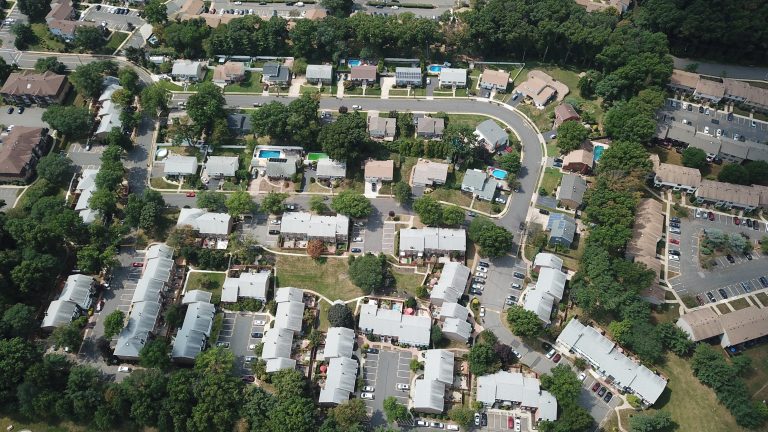Rental yield – essentially the rate of rental income returned against the costs of an investment property is a great indicator of a property’s investment potential. But you need to keep things in perspective when you factor it into your decision to purchase property.
Calculating rental yield
A good first step in examining rental yield’s impact on the investment potential of a property is to recognise that there are two types of rental yields, gross and net, and they are calculated differently.
In property, gross rental yield is calculated by dividing the annual rental income you receive by the property value, and then multiplying this figure by 100.
For example, if you collect $20,800 rent annually ($400 per week) and your property value is $450,000, it will look like this:
$20,800 (annual rent) / $450,000 (property value) = 0.0462
0.0462 x 100 = 4.622
The gross rental yield is therefore expressed as 4.622%
Presumably, the higher the rental yield percentage, the better, as it suggests a more efficient return on your investment – more bang for your buck.
Knowing a property’s gross rental yield is a quick way to make a rough comparison of how its rental returns fare with others in an area, but it does not give a full picture of the investment potential a property offers.
But the gross rental yield can be misleading.
Net rental yield, on the other hand, offers a more detailed picture of a property’s rental return. To calculate net rental yield, you also factor in the costs and expenses you incur in addition to your property’s value.
The list of costs and expenses is extensive and can include stamp duty, legal costs, building inspections and recurring expenses such as maintenance and repair work, council rates and loan interest repayments.
If you deduct $5,000 for annual costs and expenses from the annual rental income in the gross rental yield scenario in the example above, the net rental yield is 3.5%.
Of course, the credibility of net rental yield is dependent on the accuracy of assumptions you make about the cost of repairs, the property’s market value and the property’s occupancy rate.
A building inspection might reveal dormant issues that will drastically increase future repairs and maintenance expenses. Rental yield might be high for those properties occupied in the neighbourhood, but that doesn’t mean the property you have in mind will be occupied all year-round – vacancies in one street can vary from the next, too.
Rental yield is only one factor to consider
Calculating rental yield should only be part of your assessment of a property’s investment potential. To do due-diligence and ensure you’re making the right investment, it’s also important to consider the resale value, investigate market reports, demographics, sales and rentals history in an area, planning and infrastructure, and the story of the building.
Conquer Finance can help you further evaluate the benefits and the issues to consider when purchasing your investment property.



